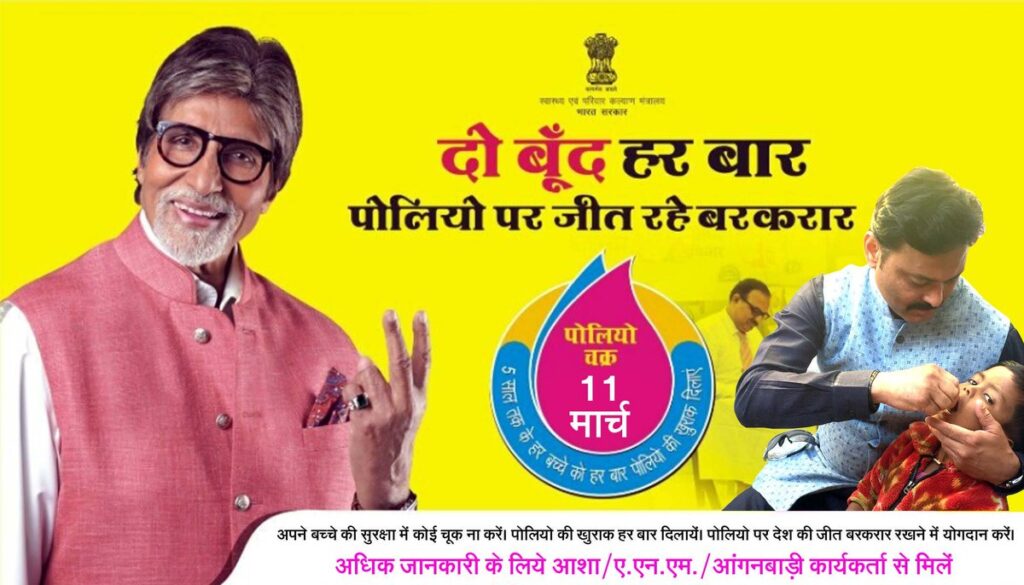Anti Social – Social Media

While social media consumption has increased, it has actually made us actually anti-social – not wanting to interact with people face to face.
Technology and the Internet have broken barriers of communication & interaction for the common person. Tools like messenger services and more importantly social media sites like Facebook; Twitter etc. are the favoured destinations for many especially the youth. There is a strong preference for communicating through Facebook, Twitter apart from texting through various apps like Whatsapp and its ilk. It is said that there are 11 different ways of staying in contact with their friends from the comfort of their sofa or bedroom.
I have seen numerous interactions between people over social media – best friends, husband-wife, mother and son and so on. Social media interactions seem to dominate any conversation or social interaction. And given the ease at which technology facilitates this, social media interactions are growing to be the norm. Facebooking, Tweeting, Whatsapping etc. are some of the terminologies, which have made an entry into the normal parlance.
I have a bad habit of checking my smartphone regularly both for official & personal purposes, to the point where it has reached levels of irritation with the family.
Does this come to a larger issue on whether social media is destroying our interpersonal social skills?
A couple of years back, the online multiplayer casino Yazino conducted a study. The highlights are:
- More than a quarter (26%) of people spend more time communicating with friends online than in person.
- One in 10 (11%) adults is more likely to stay in at the weekend and catch up with friends online than go out to meet them in person
- Almost three-quarters of people (71%) text friends and family every day, with almost a third (31%) sending messages through social networking sites
- People are as used to seeing their friends’ online avatar as they are their face. We are now just as likely to SMS or email a friend, as we are to call them.
- People increasingly prefer quick and frequent engagements with instant updates on news than a prolonged chat and are also finding new ways to catch up with friends from the comfort of their sofa.
- Email is the primary means of communication between friends for 27% of people, with typewritten messages replacing conversation.
- 1 in 5 Britons uses wall posts and status to engage with those close to them and a further 18% use live chat and instant messaging.
- 3% of people use Twitter to communicate daily with friends and family
- 11% of people organize their social life via Facebook and other social networking sites.
- 1 in 20 missed out on a party or event because they missed the Facebook invitation.
- 1 in 4 people spends more time socializing online through sites like Facebook and Twitter.
One in 10 (11%) people are more likely to stay in ‘sofalising’ at the weekend, catching up with friends online, than going out and meeting people. Perhaps it could be huge costs associated with going out, some may be due to laziness and some could because they prefer to interact virtually. Some ‘sofalisers’ take it to the extreme, with 3% of adults spending more than 25 hours each week engaging with friends online. If that is that enough, you notice guests paying more attention to their smartphones rather than interacting with the people around them.
The results of the study are uncomfortable. As this trend seems to be increasing day by day, does social media make people ‘social’ enough’? Does social media have an impact on interpersonal interactions?
Paul J. Zak, a professor of neuroeconomics at the Claremont Graduate University has been conducting studies on comparisons between relationships over social media and relationships in real life. The basis of testing for such interactions is the release of dopamine when people interact with other online (social media) and offline (face to face).
One of Prof. Zak’s tests was on journalist Adam Penenberg, asking him to engage his Twitter followers for 10 minutes. Penenberg used the time to respond to a few strangers’ tweets and to make a 122-character joke about the way his GPS pronounces words. Zak tested Penenberg’s blood both before and after the exercise and found that in just those 10 minutes, Penenberg’s oxytocin levels rose by 13.2 per cent and his stress hormones decreased by about 13 per cent. According to Prof. Zak, the oxytocin boost Penenberg got from this mediated social interaction was similar to what a groom experiences before his wedding. This shows that the intensity is the same practically.
The propensity and intensity to interact would increase given the online explosion but this cannot be at the cost of face to face/ interpersonal interactions. There is something personal about face-to-face conversations that are lacking with online interaction.
On the flip side, some research indicates that the more people are engaged online, the less engaged we become with people in real life that makes us even lonelier. Kind of irony!
Russell Clayton, a doctoral student at the University of Missouri, found in his new study published in the journal Cyberpsychology, Behavior, and Social Networking, social media use can affect romantic relationships. When a couple is spending all of their time on social media, they might not be spending as much time with one another. And worse still, if they’re posting about their relationship issues on social media, those issues can snowball. Clayton found similar results for Facebook users, and in both studies, high social media use by both partners was a strong predictor of infidelity, breakups, and divorce.
Japan has some very interesting statistics. It is the most Twitter-using country in the world on a per capita basis. About one in three Japanese people who have an Internet connection use the service. Japanese is the most tweeted language after English and the top five most active accounts on Twitter are all based in Japan. Japanese characters, which can carry long, complex connotations, also mean that Twitter’s 140-character limit is not as constraining as it is in other languages. Yet Japan has recently become one of the loneliest countries in the world (if you equate “loneliness” with “being single”), where 61 per cent of unmarried men and 49 per cent of unmarried women aged 18 to 34 were not in any sort of romantic relationship—a 10 per cent increase from just a decade ago. One in three Japanese under 30 reports never having dated at all. Maybe Twitter provides an alternate source of oxytocin for some of these single people.
Ed Keller and Brad Fay in their book – “The Face-to-Face Book: Why Real Relationships Rule in a Digital Marketplace” suggest that our conversations in person are much more powerful than those online. ‘Decisions we make are based on true interpersonal influence: social influence, which happens most often, and most powerfully, face-to-face.’
Their study indicates that 90% of the influential conversations that we have every day happen offline, while only 8% are online. ‘Whilst social media is big and growing, in comparison it is still tiny by the analogue world in which people live and interact ‘ explain Keller and Fay. In effect, social media interaction is good but not as good as a one-to-one conversation with your friend.
Given all this back and forth, some side effects cannot be ignored. While technology easily increases the number of other people we can interact with, consumers especially the youth are becoming increasingly dependent on social media for interpersonal interactions because they are not geared to handle face-to-face interactions. There is a deficiency hugely as a result of this dependency. For the development of a person, social skills are a requirement and any disruption can lead to negative results. This can result in a class of people who cannot interact with each other face to face. Lack of social skills is a very disturbing trend, which can affect the balance in society. The physicality of the interaction cannot be technology or social media but real, live face-to-face interaction.
Lack of opportunities to develop face-to-face social skills can lead to many unfortunate side effects including loneliness, shyness, depression, suicide, bullying, and violence. Many of the gun attacks in the schools and colleges in the USA are a result of the social problems the youth face. As mentioned earlier, social support is required for the development of the youth as they take larger adult roles. However increasing social isolation, fragmented families, weak (online) relationships which are more transient result in adults with poor social skills far removed from society’s realities.
The late Stanley Greenspan, a clinical professor of Psychiatry, Behavioral Science, and Pediatrics at George Washington University Medical School warned, “as children become more alienated from the lives of others… we can expect to see increasing levels of violence and extremism and less collaboration and empathy. Children need to grow up amid a network of close interactions with adults.” Until recently, he observed, “even in cities, families spent their days mostly within the compass of neighbourhoods one could easily traverse on foot… Ordinary life thus naturally and routinely provided the conditions that the complex human nervous system needs to fulfil its potential.”
The easiest comparable example is the car, which was meant for long-distance transportation, but unfortunately, it is used even for very short distances. This can be directly correlated to the obesity epidemic prevalent in most nations. Likewise via media communication has largely taken the place of face-to-face interaction for many, resulting in social ill-health especially in youth.
We need to take this seriously and to start here are some simple suggestions.
1. Step away from the smartphone – keep your phone away. Have some ‘free from phone’ time. Cut all digital interactions during that time.
2. When spending quality time with friends or family, refrain from constantly checking and responding to emails or texts or logging onto social media. Replying to a quick text or email during downtime is fine, but don’t make it a habit. Make a conscious effort to be present with the people you’re spending time with. Encourage others to do the same.
Nothing replaces a face-to-face interaction no matter how much technology helps. There is a unique thrill to such experiences, which are more memorable, and these cannot be ever replicated or substituted by technology.




1 Comment